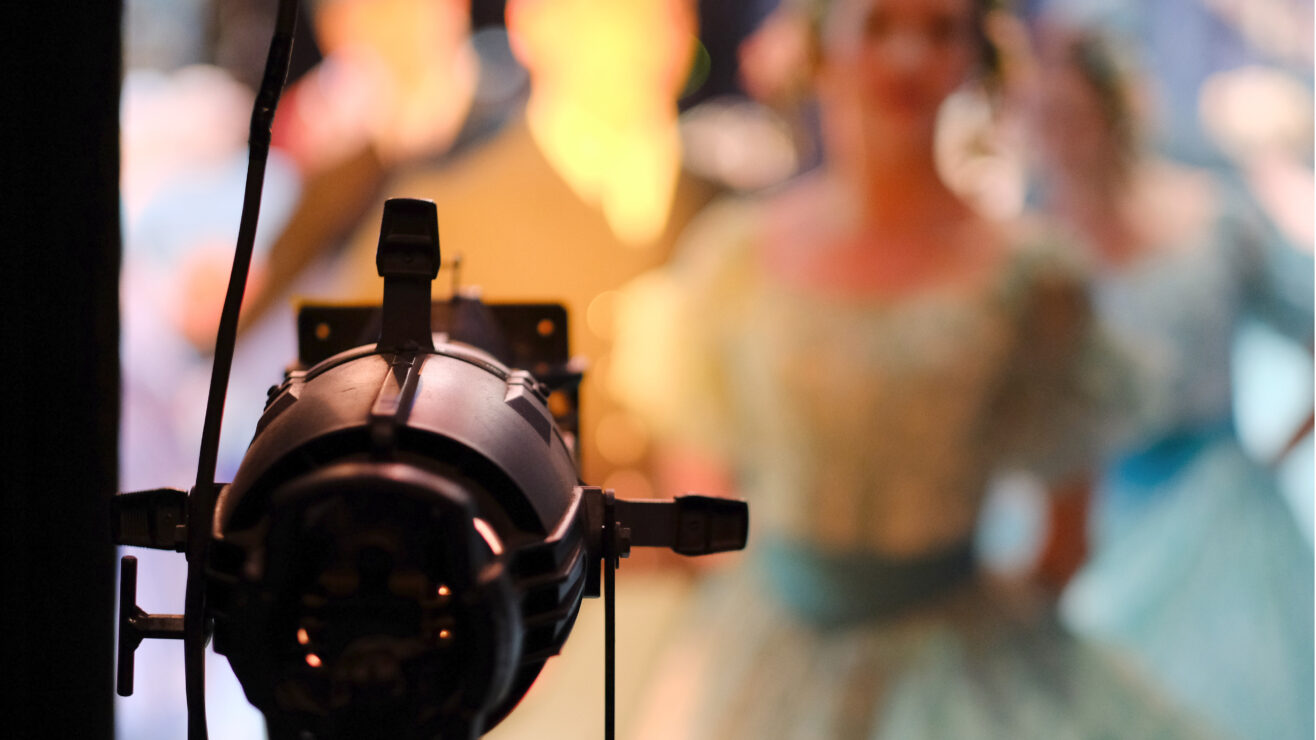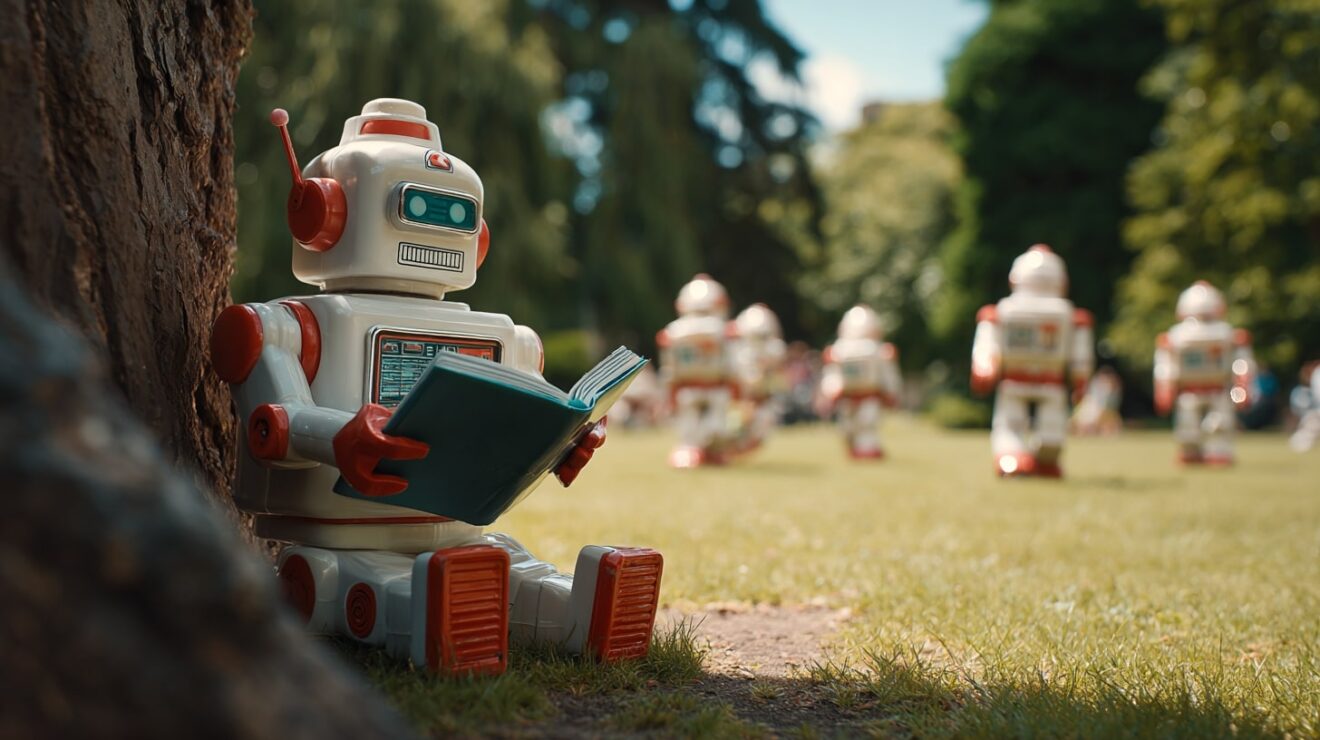Why is it that disciplines in higher education vary so wildly as to the amount of experiential learning typically offered to students, and the pedagogies used?
To take an example: the use of simulation is pervasive and well-researched in nursing, but far less so in possibly appropriate disciplines such as business or legal education. Now, there are some obvious drivers for development in some disciplines, and barriers in others. Disciplines such as nursing have professional bodies who require extensive, evidence based and well funded experiential learning programmes. The impetus behind simulation itself in nursing and other healthcare professions arose for a number of reasons including cost and concerns for patient safety.
Barriers in some disciplines will include traditions of teaching within the discipline less inclined to experiential approaches, requirements of some professional regulators that may crowd out new and innovative approaches, and – perhaps – a perception that one’s discipline itself is more “theoretical” than “practical”.
But there is a growing realisation across disciplines in higher education that while the subject content and the nature of practice and research in the discipline may necessarily differ, experiential learning has the power to activate and deepen student understanding, attributes and skills.
In pushing for better experiential learning, there’s much that can be learned from practices established in other disciplines. And there’s also the question of how we do embed experiential learning in multi- and trans-disciplinary approaches.
Clear lines of influence
My own 25-year career has been devoted to clinical legal education (CLE). CLE involves students learning by identifying, researching and applying knowledge in a setting which replicates the world in which law is practised.
The very name “clinical” alludes to its origins in medical education. Almost 100 years ago, in opposition to US law students learning solely from the printed legal opinions of judges, Jerome Frank asked “Why not a clinical lawyer-school?” – taking as his impetus the free clinics that existed in medical schools to ensure that medical students and their teachers learned through actual patient care and not just from theory.
That stroke of inspiration has resulted in almost all US law schools now enabling their students to offer free legal services through CLE, and more than 153 law clinic activities registered by 72 law schools in the UK. I and many other clinical legal educators have also continued to look to health education for inspiration in fields such as simulation, problem-based learning, and standardised patient/client training and assessment methods.
It is clear then that a whole discipline can be influenced by approaches in another – though ideally it shouldn’t take more than 100 years. There are, however, many similarities between the healthcare and legal professions, and it might be said that it is obvious that law could take approaches from health.
Sharing toolkits
But there’s plenty to be learned from practice in other disciplines as well. We can and should look beyond those disciplines with parallels to our own, where there are obviously similar skills to be developed, such as the ability to build rapport with a healthcare patient or legal client. It is less obvious that a professional from these disciplines might look to those more immersed in creative processes – but there is huge potential when we do.
A novel collaboration between Northumbria University’s design and law schools underscores the impact of bringing together different learning strands. My CLE colleague in the law school, Kayliegh Richardson, worked with our design school colleague, Angelika Strohmayer, who introduced her to a toolkit designed with colleagues and participants. The toolkit provides insights into designing, facilitating, and reflecting on creative group interventions with and for women in touch with the criminal justice system.
It included a storytelling-based activity where participants create a character to go on a quest that enabled them to develop goals and pathways to reach those goals in a safe space. The storytelling template encourages participants to visualise the journey and the challenges, fears and successes along the way – and we were able to adapt this quest to enable our law students to consider the goals and journeys of their legal clients and reflect upon their own learning goals and experiences. We learned the power of this form of storytelling and visualising to unlock thoughts and feelings, something which our more traditional “lawyerly” approaches to written reflection had often failed to do.
It made me realise how much there is to learn from the approaches taken by disciplines that at first seem very different from one’s own, and the benefits of teaching and researching in a far more interdisciplinary way.
Both structure and culture
Breaking down barriers between disciplines can be attempted in a number of ways. Some have attempted cross-disciplinary modules where students and academics bring different expertise to bear on problems that require cross disciplinary solutions. Other institutions create multi-disciplinary schools which house courses or programmes dedicated to these kinds of experiential learning.
My colleagues in design and law developed the storytelling approach through first meeting and working in one of Northumbria’s interdisciplinary research themes, so part of the solution may come from encouraging and incentivising academics to think beyond their joint research and into the educational space.
Ultimately, it seems that the way forward is both structural, in the creating of curricula and space for interdisciplinary experiential learning, and cultural: promoting networks and ways of working that encourage and incentivise academics and students to work together and learn from each other.
And there are certainly more opportunities to learn from each other. An event hosted by the Institute for Experiential and Skills Based Learning (IESBL) on 20 September will aim to explore how we can learn from different disciplinary approaches, and the ways in which we and our students can collaborate across disciplines experientially to act, learn, reflect, inquire and construct new knowledge.












